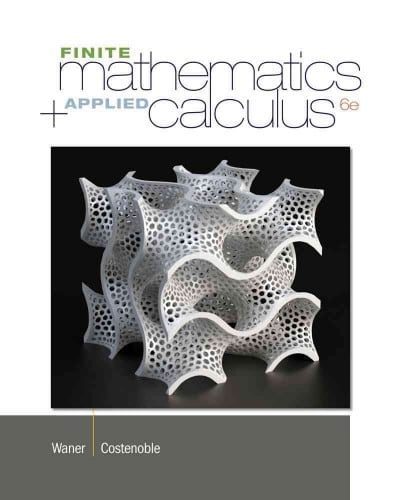Question
Analysis in Practice -Comparing Proportions With the Z-Test I need help with the steps for the following assignment. This exercise follows the Analysis in Practice
Analysis in Practice -Comparing Proportions With the Z-Test I need help with the steps for the following assignment.
This exercise follows the Analysis in Practice from the reading.A report
generated on parameters similar to the example in Part I has indicated the average Medicare payment is higher in Toledo than in Youngstown for cases of cranial hemorrhage.The payment is based in the Inpatient Prospective Payment System (IPPS) and is driven by three primary components: DRG weight, wage index, and outlier payments.We will investigate if the DRG mix is the cause of the payment differences by creating a variable that estimates the proportion of cases with either a
CC (MS-DRG 065) or MCC (MS-DRG 064) with those with no CC/MCC (MS-DRG
066). This information was collected in this Google Document. (Noted below)
Just from reviewing the information it does appear there are a greater
proportion of cases with CCs or MCCs in Toledo than in Youngstown which
may account for the higher payments. However as an analyst you will test a hypothesis with statistical tools. Complete the following:
- Determine the null (makes no difference) and alternative (does make a difference) hypotheses
- The null would be the proportion of MCC/CC cases in Toled o and Youngstown are the same (no difference)
- The alternate would be the proportion of MCC/CC cases in Toled o and Youngstown are not the same
- Set the acceptable type I error or alpha level
- Alpha = 0.05 is a common place to start; we can assume a 95% statistical confidence in the result with this alpha
- Select the appropriate test
- A Z-test to compare proportions is the appropriate test
- Compare the test statistic to the critical value based on the distribution of the test statistic
- Review the examples on pages 79-82 of the reading.P will equal the proportion of CC + MCC (204 + 315 for Toledo) and N will equal the total number of cases (204+315+199 for Toledo).Then follow the example equation in the text.Or - you can perform a 2-tailed Z-test in MS Excel as well.
- Reject the null hypothesis (this is the terminology; we either reject or do not reject the null) if the test statistic is more extreme than the critical value (based on the Alpha, found by statistic or in a table, 0.05 will be 1.960 or -1.960)
- Can the null hypothesis be rejected?Or is the proportion of CC/MCC statistically significantly different (higher) in Toledo than Youngstown?
Informaton from Google Document:
064 - Intercranial Hemorrhage or Cerebral Infarction w/MCC
Toledo 204
Youngstown 53
065 - Intercranial
Hemorrhage or Cerebral Infarction w/CC
Toledo 315
Youngstown 191
064 - Intercranial Hemorrhage or Cerebral Infarction w/o CC or MCC
Toledo 199
Youngstown 145
Step by Step Solution
There are 3 Steps involved in it
Step: 1

Get Instant Access to Expert-Tailored Solutions
See step-by-step solutions with expert insights and AI powered tools for academic success
Step: 2

Step: 3

Ace Your Homework with AI
Get the answers you need in no time with our AI-driven, step-by-step assistance
Get Started


